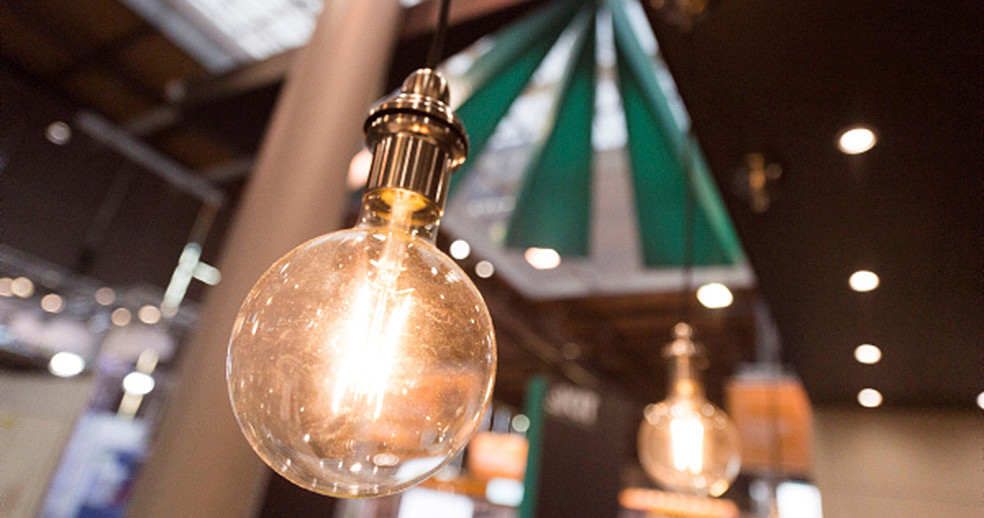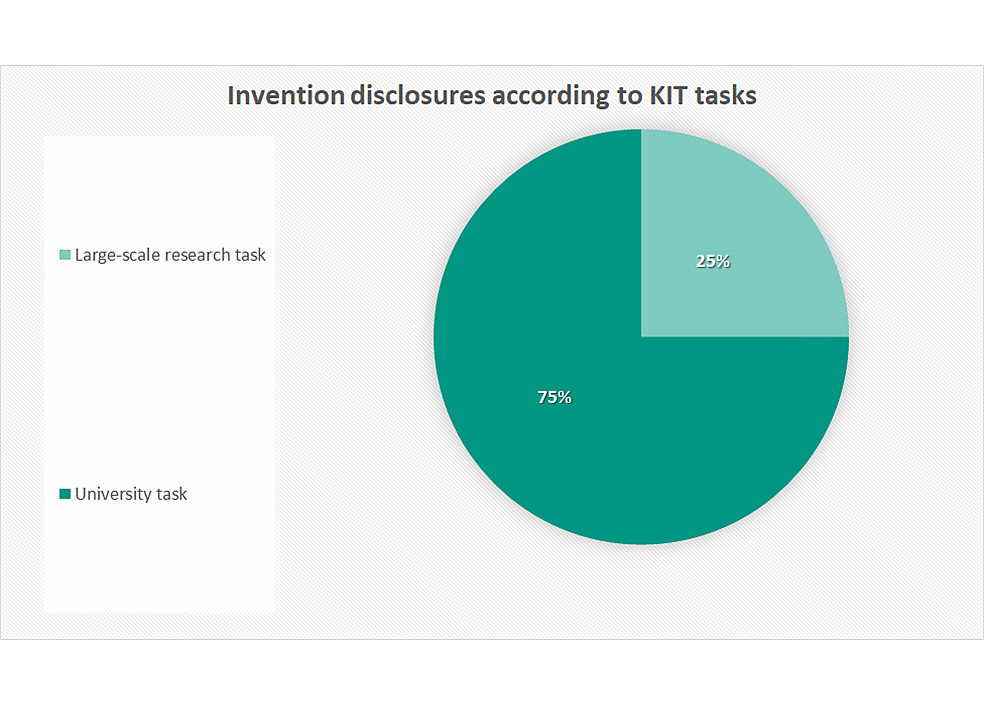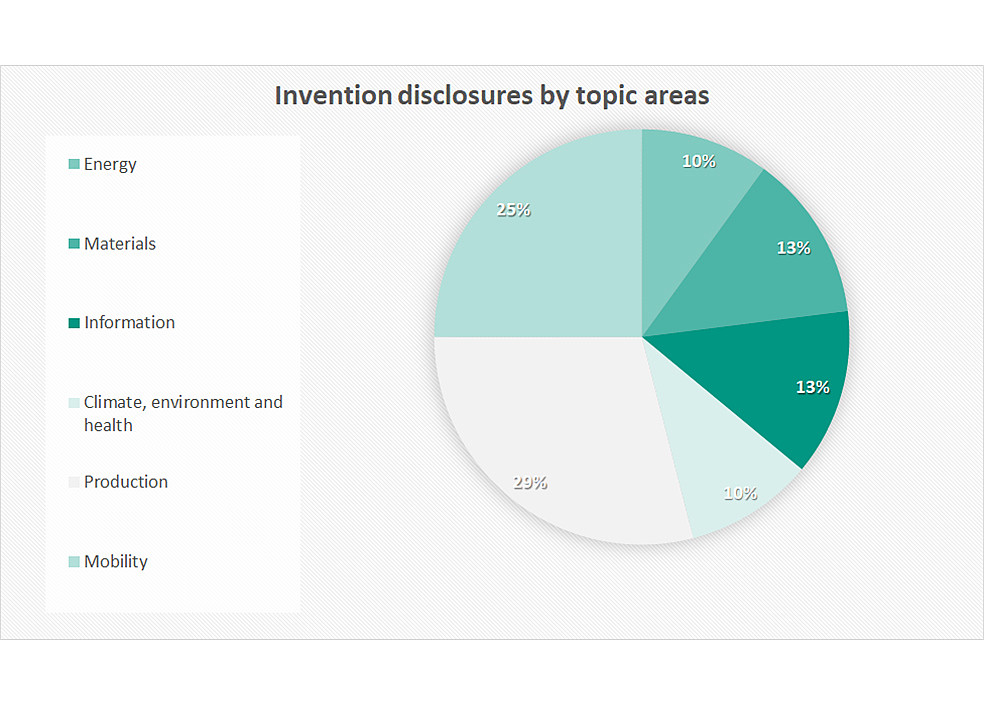Published on February 11, 2022
Who invented it?

From discoverer to inventor
Every invention is originally a creative achievement by an individual or a group of people to solve or improve an existing technical problem. This new creation may be an incidental invention or new knowledge may be systematically acquired in as a result of research and development. An invention can be, for example, a new device, a new substance, a new process or their application, which include new technical features, such as components, arrangements or process steps. The creation in the form of the technical solution has to fulfill certain criteria in order to be considered an invention under patent law and thus to be protected as a patent or utility model at all.
According to valid patent law, an invention has to satisfy the following three criteria:
- Novelty is given
An invention is only considered new if it does not belong to the state of the art. This includes all knowledge, publications or oral statements that are already known and publicly accessible worldwide at the time of the application for property rights (patent application) – for example in the form of books, patents or lectures at specialist congresses.
- Inventive activity is given
Inventive means not only that the technical features must be new, but in particular that they have to be sufficiently distinguishable from the state of the art. The inventive idea should be clearly described in order to be able to compare the novelty with existing knowledge.
- Industrial applicability
Industrial applicability means the use of the technical invention in an industrial field. In the first instance, it is not crucial which industrial field of application is targeted.
A further prerequisite is that the invention has to be technically feasible, i.e. described – in technical jargon 'disclosed' – in such a way that it can be accomplished by a person skilled in the art. The criteria are formulated in a deliberately open manner, since science and technology are constantly evolving. Each invention is examined in detail. Inventions are distinguished from (mere) discoveries, theories or plans, mathematical methods, business models or rules of a game.
Inventions at KIT
In order to protect technical inventions generated by scientific employees at KIT against unauthorized imitation, they can be registered as a patent or utility model. At KIT, the Intellectual Property Management (IPM) team from the service unit Innovation and Relations Management (IRM) takes care of this. Employees should get in touch with the contact persons of the IPM patent units as early as possible to clarify the criteria of patentability of their development. An invention disclosure at IPM is the first step in initiating the process for a possible patent application. Last year, a total of 120 invention disclosures were submitted to IPM.
For the invention disclosure at KIT, a special form is available to employees to report their invention according to the German Arbeitnehmererfindergesetz (Act on Employee Inventions). For employees, the notification of a job-related invention is obligatory. It is important that the characteristics of an inventive idea should already be described sufficiently scientifically and technically at this point. The form asks for relevant information that are important for assessing the invention and its patentability: What technical problem is to be solved by the invention? What advantages and specific effects does the invention achieve? What is the known state of the art? At what stage of development is the invention? In addition to these questions, the economic exploitability is not disregarded: Is the technical solution commercially usable in the sense of technology transfer and for which application or industry would it be of interest?
First, received invention disclosures are formally reviewed by IPM and then discussed together with the Innovation Management team with regard to the chances of commercialization. If all patent law and qualitative requirements are fulfilled, the invention is filed at the responsible patent office (German, European or international patent application) in the name of KIT with naming of the inventors and the patent granting procedure is attended. In principle, preference is given to those inventions which have a particularly high patentability and exploitability. In the procedure with the patent offices, several years can pass from the application to the granting. Of the documented 120 invention disclosures in 2021, 34 patent applications have been filed to this point.
A granted patent has a validity of 20 years from the application date and represents an asset and image value for KIT. Property rights, such as patents or utility model, are the basis for license agreements and often form the base for direct R&D cooperation with industrial partners or the background in publicly funded R&D projects. KIT employees are also supported by IRM in finding industrial partners, initiating projects, and drafting license agreements. In the technology transfer process, KIT scientific employees will find useful information, advice, and support on the topics of patents, commercialization, and licensing. Feel free to contact us if you have any questions. In 2022, there will be new opportunities to commercialize your own application-oriented research results together with industry!
The invention disclosures of 2021 in figures
To give an overview of the invention disclosures at KIT, we have prepared the data & figures from 2021 in different diagrams. These provide an overall view based on the following segmentation: according to KIT task structure, according to KIT divisions and according to the topic areas of RESEARCH TO BUSINESS, KIT's technology platform.




comments about this article
No comments